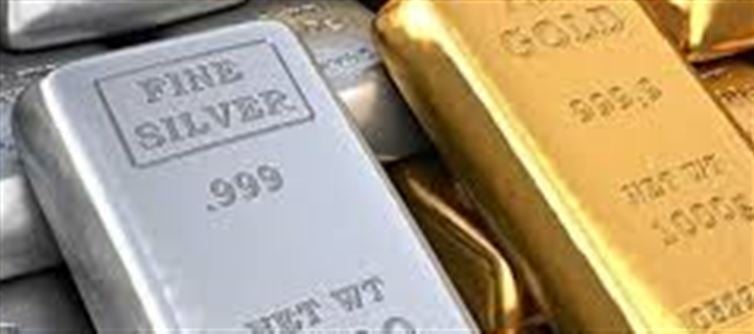
After months of a strong rally fueled by global uncertainties and investor caution, gold and silver prices have recently taken a sharp downturn. This unexpected crash comes on the heels of record highs these precious metals reached earlier in october 2025, leaving investors and market watchers eager to understand the reasons behind this sudden change.
The Rally That Was: Safe-Haven Demand Amid Global Tensions
Gold and silver traditionally act as safe-haven assets—investments people flock to during times of geopolitical unrest, economic uncertainty, or inflation fears. Recent months saw:
· Rising tensions across major economies
· Concerns over inflation and currency fluctuations
· Volatility in stock markets
These factors drove investors to pour money into precious metals, pushing prices to multi-year highs. gold surged close to $4,000 an ounce, marking its biggest jump in over a decade, while silver also enjoyed significant gains.
What Triggered the Sharp Decline?
The recent crash is primarily attributed to a few key shifts in the global financial landscape:
1. Profit Booking: After hitting record peaks, many investors are cashing in their gains, leading to heavy selling pressure on gold and silver. This natural profit-taking has caused prices to fall rapidly.
2. Shift Back to Riskier Assets: As global markets stabilize and economic data improves, investors are regaining confidence in equities and other growth assets, diverting capital away from metals.
3. Strengthening US Dollar: The US dollar has shown signs of recovery, making gold and silver more expensive for holders of other currencies, which can reduce demand.
4. Interest Rate Expectations: Rising interest rates or expectations thereof tend to weigh on non-yielding assets like gold and silver, as bonds and other fixed-income instruments become more attractive.
What Does This Mean for Investors?
· Short-Term Volatility: Prices of gold and silver may continue to fluctuate as markets adjust and investors recalibrate their portfolios.
· Long-Term Outlook: Despite the crash, many analysts believe precious metals will remain important as a hedge against inflation and future uncertainties.
· Investment Strategy: Experts recommend a balanced approach, advising investors to diversify and avoid panic selling during such market corrections.
Could the Prices Bounce Back?
Market watchers suggest that while the current trend is bearish, the inherent value of precious metals remains intact. Factors such as renewed geopolitical tensions, inflationary pressures, or economic slowdowns could trigger another upward surge in gold and silver prices.
Conclusion
The recent crash in gold and silver prices reflects a market correction after an extended rally driven by safe-haven demand. Profit booking, shifting investor sentiment, and macroeconomic factors have combined to push prices down sharply. For investors, understanding these dynamics is crucial to navigating the volatile precious metals market wisely.
Disclaimer:
The views and opinions expressed in this article are those of the author and do not necessarily reflect the official policy or position of any agency, organization, employer, or company. All information provided is for general informational purposes only. While every effort has been made to ensure accuracy, we make no representations or warranties of any kind, express or implied, about the completeness, reliability, or suitability of the information contained herein. Readers are advised to verify facts and seek professional advice where necessary. Any reliance placed on such information is strictly at the reader’s own risk.




 click and follow Indiaherald WhatsApp channel
click and follow Indiaherald WhatsApp channel